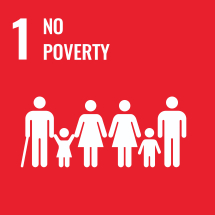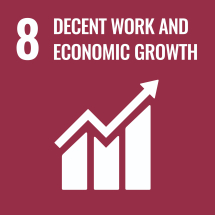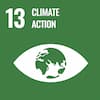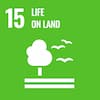Thank you for Going Green and supporting our Trees for Change program
By 2028, through the support of our Event Organisers and their Patrons - we will have planted 500,000 trees


Hi Deb M,
Thank you for Going Green and having your event ticket sent via SMS.
As our thank you, we have planted a tree for you as part of Ticketebo's Trees For Change program.
(Since December 2021 we have planted over 134,000 trees - and by 2028 we will have planted more than 500,000 trees!)
Here are the details of your tree 🌱, and the reforestation project you have supported.
Tree Type: Mangrove
Site Project: Kenya Mangrove Restoration
Region: Mombasa
Country: Kenya
Planting Partner: Veritree + EarthLungs
Tree Order: 659b3e06cf0947.09156847
About the Project
Site/Project: Kenya Mangrove Restoration
Background
Coastal Kenya is one of the least developed regions of the country. These communities are dependent on the mangrove ecosystems for employment, livelihood, and nutrition. In recent decades, coastal areas in Southern Kenya have been urbanized at unprecedented rates and mangrove forests converted into other land use. Coupled with lack of effective governance, mangroves were overexploited and overharvested.
Outcome
We are restoring the mangrove forests with the goal of empowering the impoverished coastal community to break the poverty cycle. In restoring the estuary, which is rich in biodiversity, this project will provide fishing grounds and help to create additional income streams. The restored forests will also act as a line of defense against storm surges.
UN Sustainable Development Goals supported


About the Project
Site/Project: Kenya Mangrove Restoration
Background
Coastal Kenya is one of the least developed regions of the country. These communities are dependent on the mangrove ecosystems for employment, livelihood, and nutrition. In recent decades, coastal areas in Southern Kenya have been urbanized at unprecedented rates and mangrove forests converted into other land use. Coupled with lack of effective governance, mangroves were overexploited and overharvested.
Outcome
We are restoring the mangrove forests with the goal of empowering the impoverished coastal community to break the poverty cycle. In restoring the estuary, which is rich in biodiversity, this project will provide fishing grounds and help to create additional income streams. The restored forests will also act as a line of defense against storm surges.
UN Sustainable Development Goals supported
What’s The Impact?
People in subsistence communities like Mombasa Kenya are often faced with the choice of feeding their family by cutting down the trees to sell for charcoal or going hungry. By providing jobs and giving the communities an incentive to restore and protect the forest rather than cutting it down, they can earn a living while also restoring the land.
Environmental:
- Mangrove forests store more carbon than any other ecosystem (up to four times more than tropical rainforests), mitigating climate change.
- Mangrove forests protect biodiversity by restoring critical coastal habitats:
- their root systems are a breeding ground and habitat for shrimp, crab and shellfish
- they provide nesting for monkeys, fishing cats, lizards, sea turtles and crocodiles
- Healthy mangroves create a natural buffer between land and sea, stabilizing the shoreline, protecting against erosion, and wave action.
Social:
- Employment created for hundreds of people, improving livelihoods and breaking cycles of poverty.
- Empower the local community in the restoration and protection of their land and people, educating them about the impact the mangrove deforestation has on the land, fishing industry and more.
Read more on the benefits of Mangrove planting
Where we are planting verified trees

Mteza Creek
Kenya
Forest Type: Kenya Mangrove
Located on the Likoni river delta, this mangrove forest helps stabilize and protect the landscape from erosion and creates valuable nurseries in a unique ecosystem.
Frequently Asked Questions
Source: Jones, Trevor G., Harifidy Rakoto Ratsimba, Lalao Ravaoarinorotsihoarana, Garth Cripps, and Adia Bey. "Ecological variability and carbon stock estimates of mangrove ecosystems in northwestern Madagascar." Forests 5, no. 1 (2014): 177-205.
Benson, Lisa, et al. Mangrove Carbon Stocks and Ecosystem Cover Dynamics in Southwest Madagascar and the Implications for Local Management, Multidisciplinary Digital Publishing Institute, 31 May 2017, https://www.mdpi.com/1999-4907/8/6/190/pdf.




